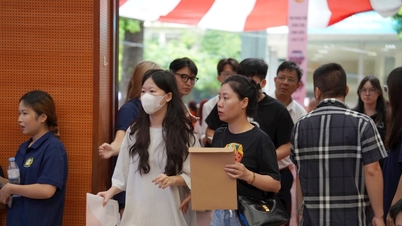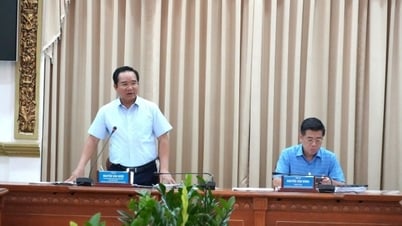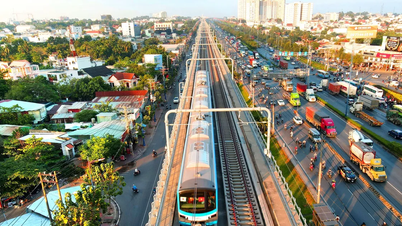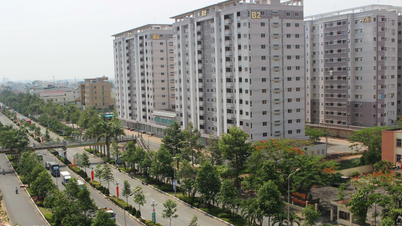The restrictions on international student numbers in Australia have made universities in this Oceania country the most affected group. Not only that, the regulations are said to affect many other fields.

Under the regulations, the Australian Departmentof Education is allowed to manage international students by suspending registrations of schools that want to open to accept international students, as well as suspending new courses at schools that currently have international students; limiting the recruitment of foreign students for existing schools for the next 1 year; and automatically suspending and canceling courses. The Australian Government continues to tighten student visa regulations to prevent visa switching. From July 1, Australian authorities will "close" two pathways that they say are being used to "destroy" measures to protect the integrity of student visas.
Accordingly, those holding visitor visas and temporary visas after graduation will not be able to apply to convert to a student visa while still in Australia.
The decision comes as the Australian Government seeks to reduce migration to pre-Covid levels of around 260,000 a year. The Treasury has admitted it has underestimated migration levels, with international students a major factor. New and ongoing international students are now at record levels, with around 870,000 making up the largest group of temporary migrants.
There are currently around 1,400 universities and colleges in Australia registered to enroll international students. Given the situation, universities say that cutting international student numbers will lead to job cuts, leaving many schools without enough funding to conduct research. They also warn that cutting international students will damage the international reputation and position of Australian universities in global rankings. One major issue that schools are raising but have not received an answer to is how much the cap will be and how it will be calculated.
Some argue that the impact of the regulation will extend beyond Australia’s universities. Universities account for only about 40% of all international student enrolments today. The rest attend private schools, English language schools and secondary schools. International students are also an important part of Australia’s workforce. The largest number of international students are in aged care and disability support. Meanwhile, international education will be Australia’s fourth-largest export industry by 2023, worth AU$48 billion ($32 billion). Of this, AU$17 billion ($11 billion) will be spent on tuition fees, while the remaining AU$31 billion ($21 billion) will be spent across a range of Australian businesses.
Australia has increased its annual migration intake in 2022 to help businesses recruit staff to fill shortages following the Covid-19 pandemic. However, the sudden influx of foreign workers and students has added pressure to the rental market as rental housing stock is at record lows and rising construction costs limit housing supply.
SOUTH
Source: https://www.sggp.org.vn/australia-han-che-sinh-vien-quoc-te-cac-truong-dai-hoc-kho-du-duong-post744713.html



![[Photo] Party and State leaders attend the special art program "You are Ho Chi Minh"](https://vphoto.vietnam.vn/thumb/1200x675/vietnam/resource/IMAGE/2025/5/18/6895913f94fd4c51aa4564ab14c3f250)

![[Photo] Many young people patiently lined up under the hot sun to receive a special supplement from Nhan Dan Newspaper.](https://vphoto.vietnam.vn/thumb/1200x675/vietnam/resource/IMAGE/2025/5/18/6f19d322f9364f0ebb6fbfe9377842d3)
![[Photo] Ready for the top competitions of Vietnamese table tennis](https://vphoto.vietnam.vn/thumb/1200x675/vietnam/resource/IMAGE/2025/5/18/9c547c497c5a4ade8f98c8e7d44f5a41)




























































































Comment (0)